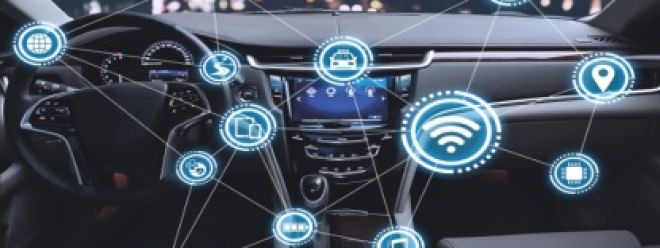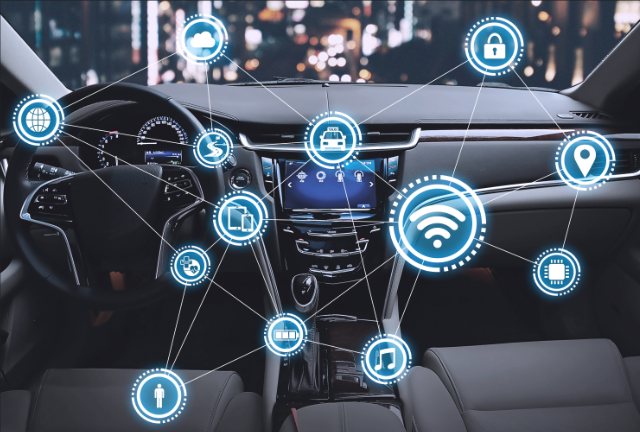V2X Communication: A New Era of Vehicle-Infrastructure Cooperation

V2X Communication: A New Era of Vehicle-Infrastructure Cooperation

V2X communication, or vehicle-to-everything communication, is a breakthrough technology that enables communication between vehicles and the surrounding infrastructure. This innovative form of transportation has the potential to revolutionize the way we drive, improve road safety, reduce traffic congestion, and increase the efficiency of the transportation system. As we move towards a future of connected and autonomous vehicles, V2X communication will play a vital role in creating a safer and more efficient driving environment.
Essentially, V2X communication enables vehicles to share information with each other and with infrastructure such as traffic lights, road signs and even pedestrians. This exchange of information can include data on vehicle speed, location, direction and other important details that can help prevent accidents and improve traffic flow.
By allowing vehicles to "talk" to each other and their surroundings, V2X communications can help drivers make better decisions, anticipate potential hazards, and react faster to changing road conditions.
One of the main advantages of V2X communication is its significant improvement in road safety. According to the National Highway Traffic Safety Administration (NHTSA), more than 90 percent of car crashes in the United States are caused by human error. By providing drivers with real-time information about the vehicle and surrounding environment, V2X communications can help reduce the likelihood of accidents caused by human error.
For example, if a vehicle ahead brakes suddenly, V2X technology can immediately transmit that information to vehicles behind, allowing them to react faster and avoid a potential collision.
In addition to improving safety, V2X communication can help reduce traffic congestion and improve overall transportation efficiency. By allowing vehicles to communicate with traffic signals, V2X technology can optimize traffic flow by adjusting signal timing based on real-time traffic conditions.
This helps reduce the amount of time the vehicle spends idling at red lights, reducing fuel consumption and emissions. Additionally, V2X communication can enable vehicles to form “platoons,” groups of vehicles traveling closely together at a coordinated speed, reducing the need for individual drivers to constantly adjust their speed and increasing overall traffic flow.
As we move towards a future of autonomous vehicles, V2X communications will play an even more critical role in ensuring the safe and efficient operation of these vehicles. Autonomous vehicles rely on a combination of sensors, cameras and other technologies to navigate their environment, but these systems are sometimes limited in their ability to detect and react to certain situations. By integrating V2X communication, self-driving cars can gain a wealth of additional information about their surroundings to make smarter decisions and operate more safely.
Although the potential advantages of V2X communication are clear, several challenges must be overcome before this technology can be widely adopted. One of the main hurdles is the need for a standardized communication protocol to enable vehicles from different manufacturers to communicate with each other and with various types of infrastructure. Additionally, concerns about data privacy and security must be addressed, as the exchange of sensitive information between vehicles and infrastructure could be exploited by hackers or other malicious actors.
Despite these challenges, the future of V2X communication looks promising. Government and industry leaders around the world are investing heavily in the development and deployment of this technology, recognizing its potential to transform our transportation systems and usher in a new era of vehicle-infrastructure collaboration. As V2X communications continue to evolve, we can expect future roads to be safer, more efficient, and more connected.